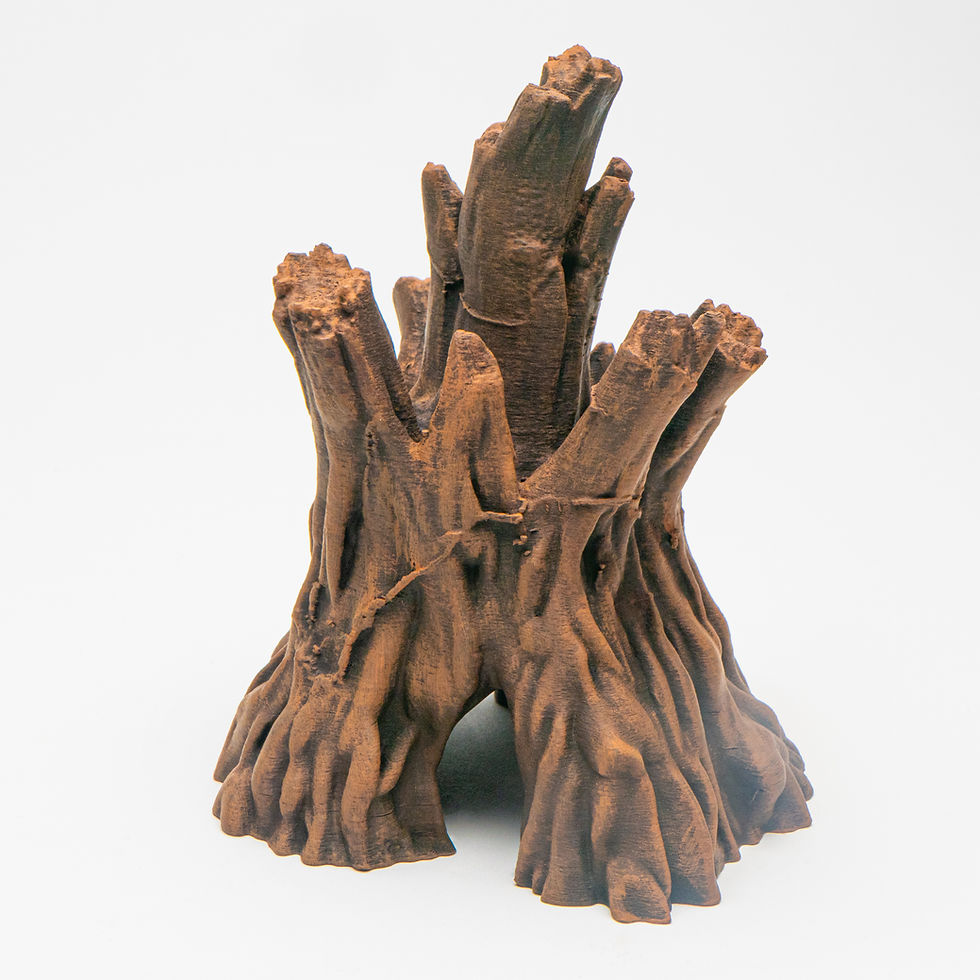Diacamma violaceum, also known as the Bornean queenless ant or Asian bullet ant, is a unique and fascinating species of the subfamily Ponerinae. Native to various countries throughout Southeast Asia, this ant species is notable for its absence of a traditional queen caste. Instead, reproduction is managed by a dominant female worker known as a gamergate. With twenty recognized subspecies, Diacamma violaceum offers intriguing behaviors and characteristics that captivate ant enthusiasts.
Diacamma violaceum
Colony Structure and Reproduction: Diacamma violaceum colonies are unique due to the absence of a queen. Instead, reproduction is managed by a gamergate, a dominant female worker who lays all the eggs. Workers are fertile upon birth, but the gamergate renders them sterile by mutilating their vestigial wing buds, preventing infighting and ensuring colony stability. The colony typically consists of one gamergate and up to 300 workers.
Size and Appearance: Both gamergates and workers measure 10-12 mm, making them relatively large ants. The males are distinctively colored, ranging from orange to red. These ants have a robust build and are known for their formidable stings, which they use to paralyze prey.
Feeding Behavior: Diacamma violaceum ants are voracious feeders. They require a high-protein diet to support their brood, primarily feeding on insects such as fruit flies, crickets, and mosquitoes. Additionally, they need a sugar source like honey, syrup, or sugar water to fuel the workers' energy needs.
Activity and Hunting: These ants are active foragers and proficient hunters, often seen tandem-running, a behavior where ants follow each other to a food source or new nest site. They paralyze prey with venom from their stingers, making them efficient predators. They forage during the day, unlike many other ant species.
Temperature and Humidity: Maintaining an optimal environment is crucial for Diacamma violaceum. The nest should be kept at temperatures between 22-29°C and humidity levels between 50-70%. There is no need for a winter rest period.



































